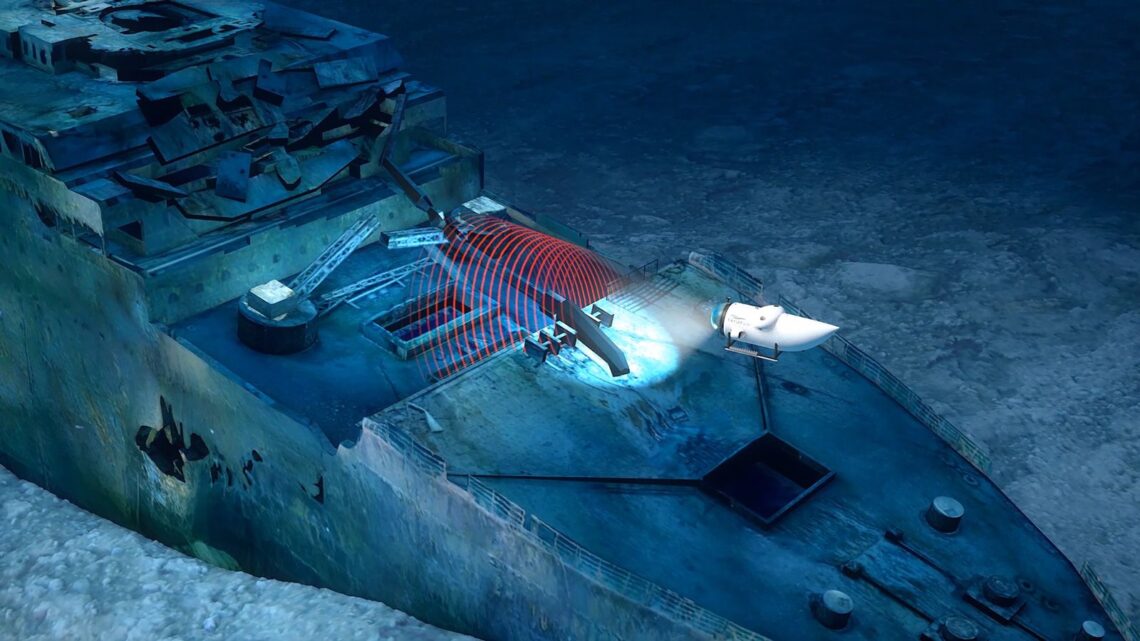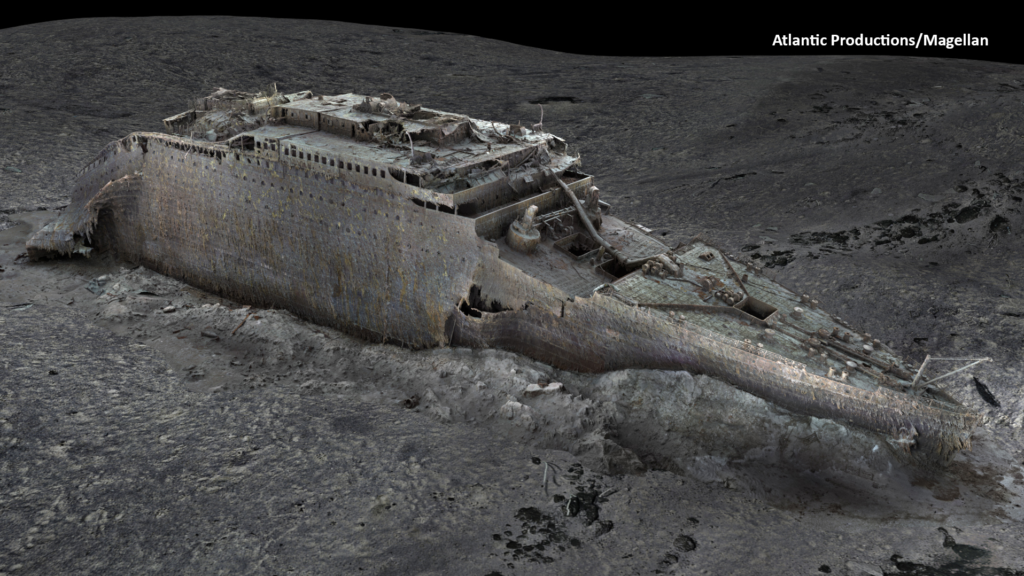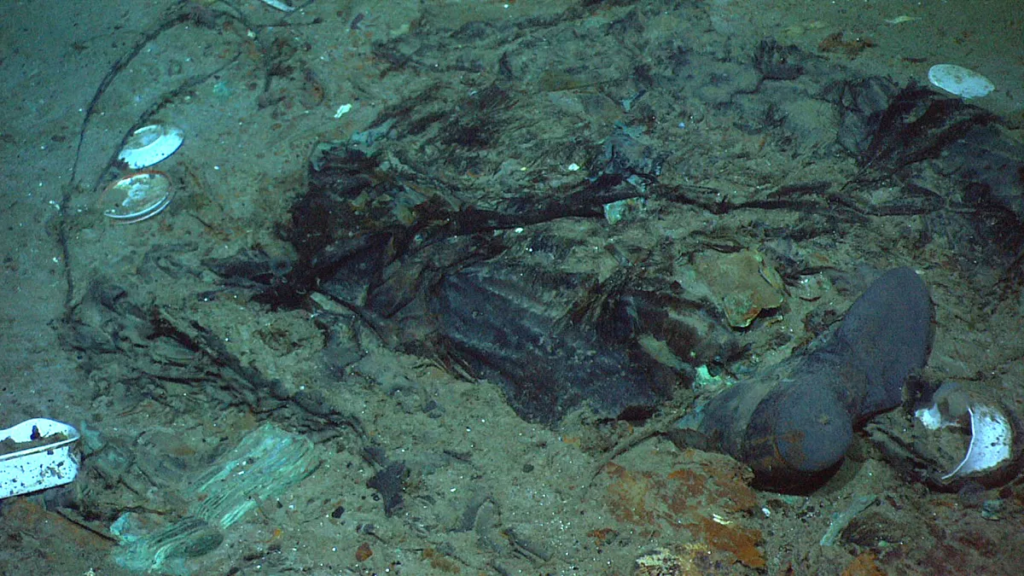
Where Is the Titanic Wreck Located; What Did Recent Map Uncover?
The Titanic, a name synonymous with maritime tragedy, sank in the early hours of April 15, 1912, after colliding with an iceberg during its maiden voyage from Southampton, England, to New York City.
Over a century later, the wreck of the Titanic remains one of the most explored and documented underwater sites, lying in the North Atlantic Ocean. Here’s an in-depth look at where the Titanic wreckage is located, how it was discovered, and what recent explorations have revealed.
Trending Now!!:
Location of the Titanic Wreckage
The Titanic wreckage is situated approximately 370 nautical miles off the coast of Newfoundland, Canada, in the North Atlantic Ocean. This location places it about 400 miles south of the island, in a region where the cold Labrador Current meets the warmer Gulf Stream, creating conditions conducive to iceberg formation, which was ultimately the ship’s doom.

Discovery of the Wreck
The Titanic’s final resting place remained a mystery for over seven decades until 1985, when a joint American-French expedition led by Dr Robert Ballard and Jean-Louis Michel located the wreck.
This discovery was not just a feat of exploration but also utilized advanced sonar technology, initially developed for military purposes but repurposed for this civilian quest. The wreck was found split into two main sections, the bow and the stern, with debris scattered over a wide area due to the ship’s catastrophic breakup during its descent.
Recent Technological Advances in Exploration
In 2023, the first full-sized digital scan of the wreck, conducted by deep-sea mapping company Magellan and Atlantic Productions, significantly improved our understanding of the Titanic’s final moments. This scan produced a photorealistic 3D model of the entire wreck site using advanced submersible camera systems.

This digital twin of the Titanic, lying at a depth of about 12,500 feet, has provided unprecedented views of the ship, revealing details from the grand staircase to the serial number on one of its propellers. This technology not only allows for a comprehensive study of the ship’s condition but also aids in understanding the mechanics of its sinking, offering insights beyond what previous expeditions could provide.
The Titanic’s Condition Today
Due to its depth and the harsh underwater environment, the wreck of the Titanic is deteriorating. Predictions suggest that by 2030, much of what remains could be unrecognizable or gone due to metal-eating bacteria and the ocean’s corrosive nature. This degradation has spurred efforts to document and preserve the site digitally, ensuring that the Titanic’s story continues to be told through data rather than speculation.

Cultural Impact and Ongoing Interest
The Titanic’s wreck has been a site of historical interest and a focal point for technological innovation in underwater exploration. Each expedition, from the initial discovery to the recent digital mapping, reflects humanity’s enduring fascination with the Titanic, driven by its tragic narrative and the mysteries it holds at the bottom of the sea.
Conclusion
The Titanic wreckage, located in one of the most inhospitable environments on Earth, continues to captivate the world. Through technological advancements, we’ve moved from mere discovery to detailed exploration, each dive and scan adding layers to the story of the Titanic.
As we look towards the future, preserving this site through digital means ensures that the lessons and legacy of the Titanic will endure, not just as a cautionary tale of maritime safety but as a testament to human curiosity and technological prowess.


